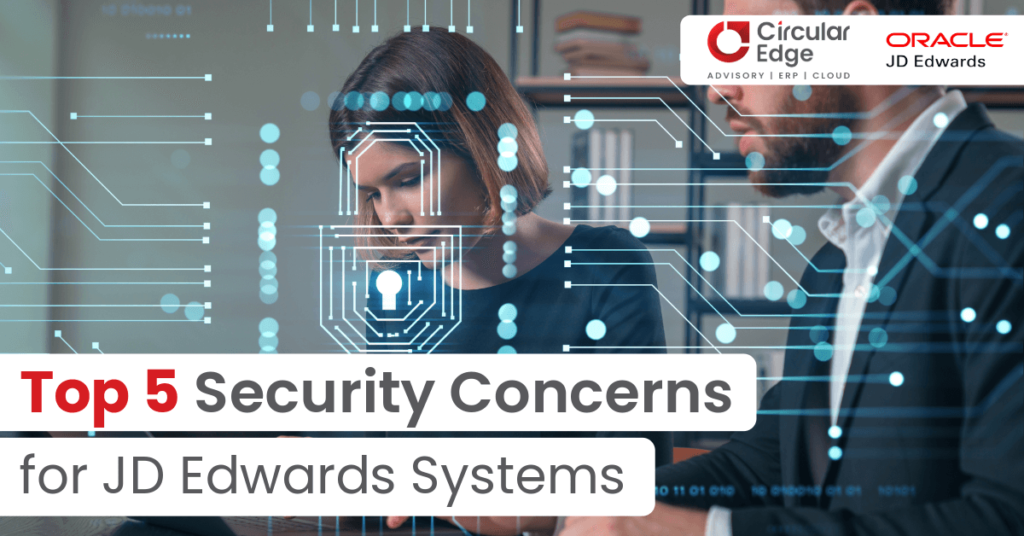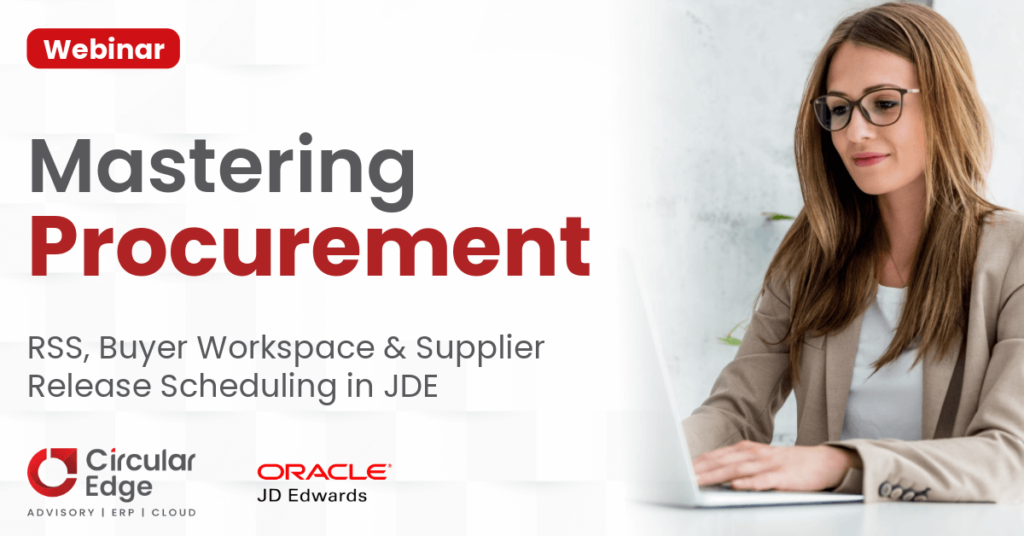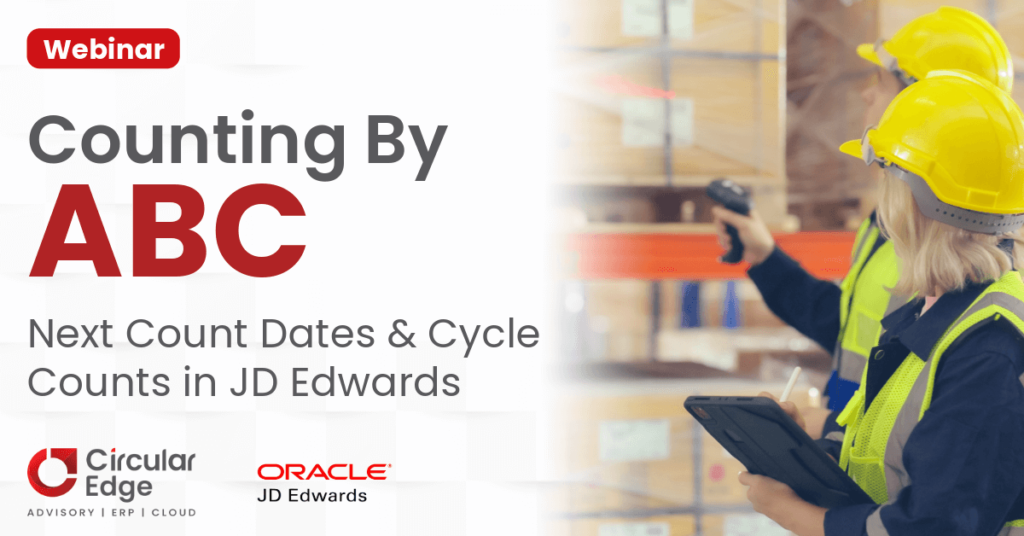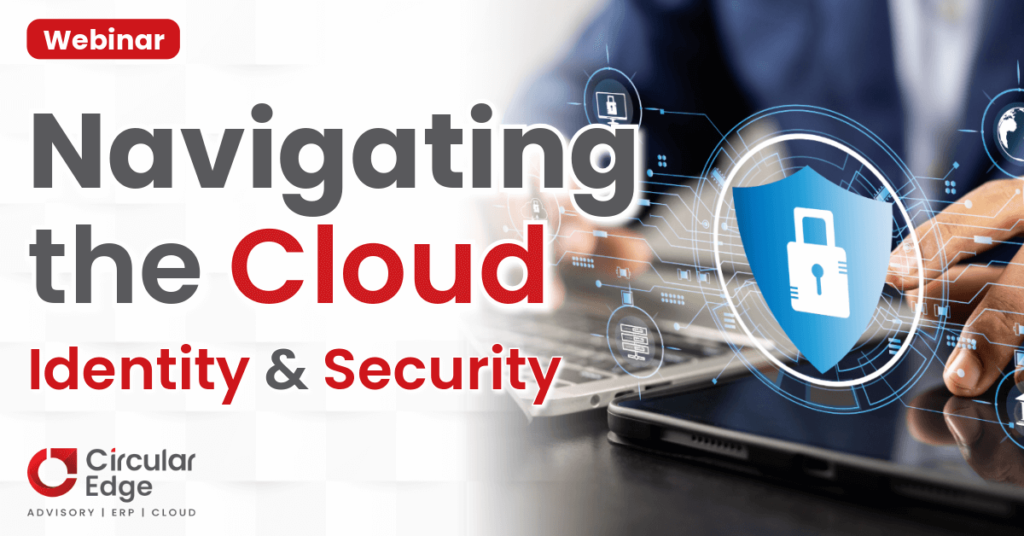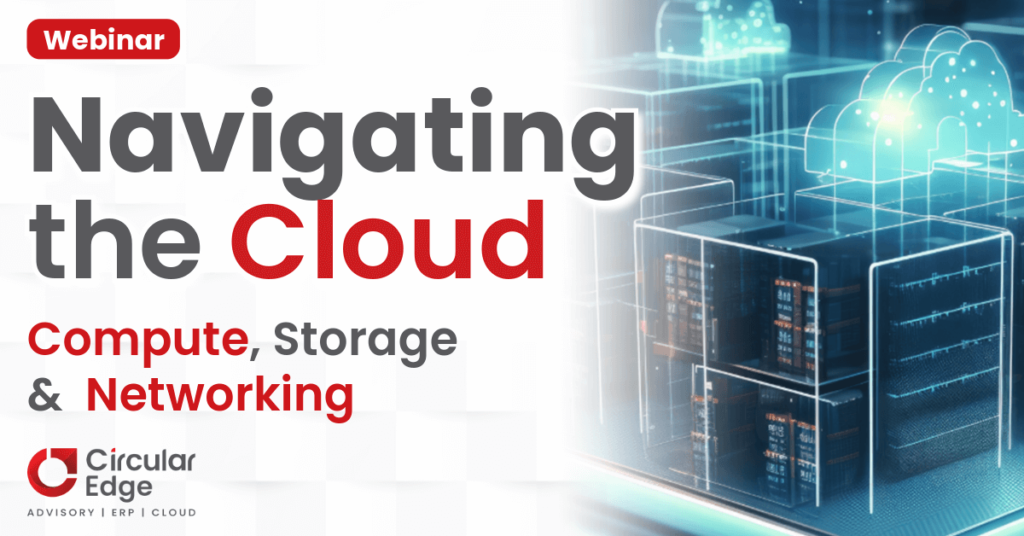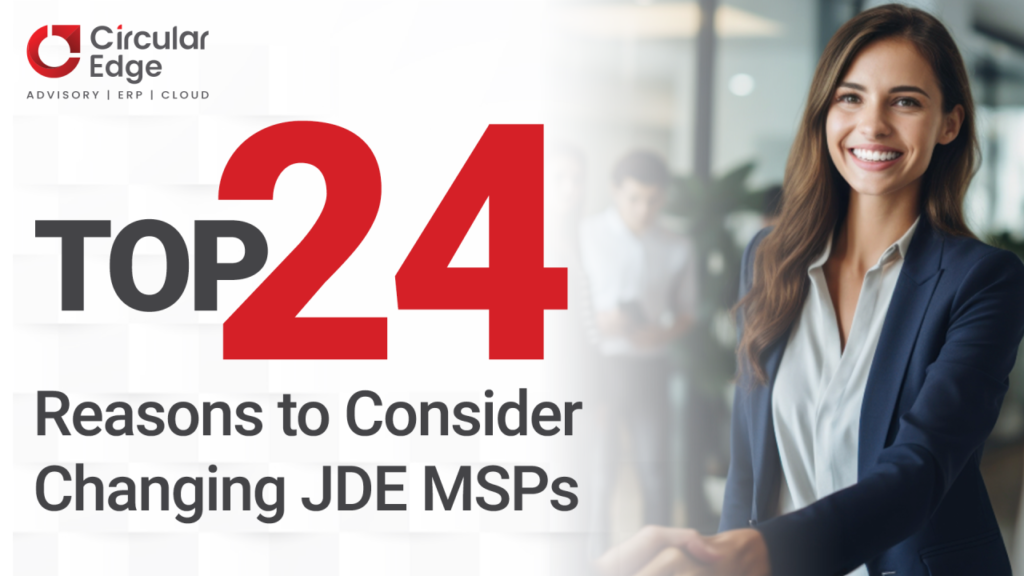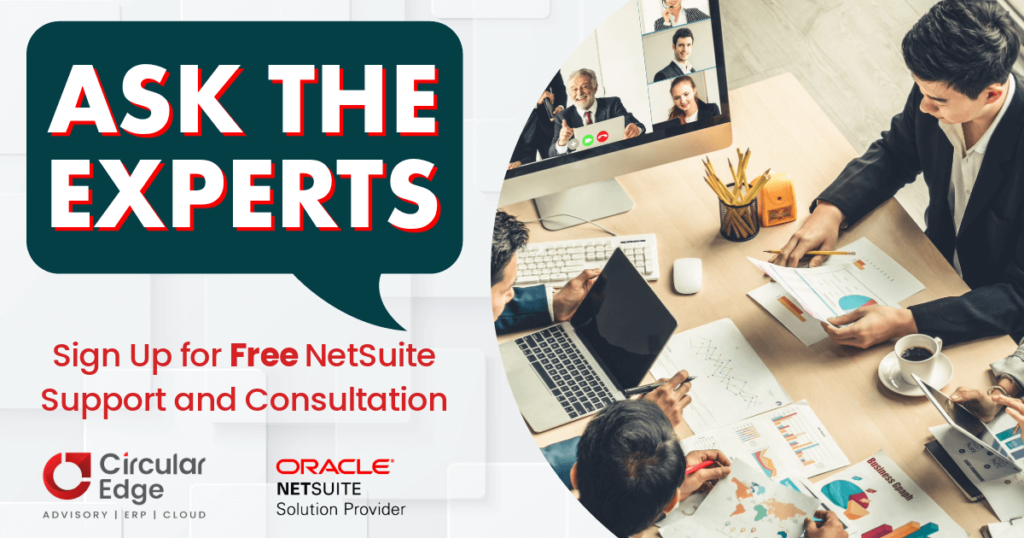Author : Tonio Thomas, Director – Cloud & Technology Services
In today’s digital age, the importance of robust security measures has perhaps never been more important.
According to research, cybercrime cost U.S. businesses more than $6.9 billion in 2021. This is not limited to large organizations either; 41% of data breaches now involve small and medium-sized businesses
As organizations continue to rely on JD Edwards systems to streamline their operations and manage critical business functions, the need for safeguarding these systems against a myriad of security threats becomes increasingly vital.
Here are the top five security concerns for JDE systems:
1. Unauthorized Access and Data Breaches : One of the foremost concerns is preventing unauthorized access and data breaches. This involves implementing robust authentication mechanisms, such as integrating with Enterprise IDPs and enabling Multi-Factor Authentication. By doing so, organizations can thwart potential data breaches that may result in financial losses, reputational damage, and legal liabilities.
5. Integration and Third-Party Risks : Assessing and mitigating security risks associated with integrating JDE with other applications or third-party systems is essential. Organizations should ensure that third-party systems and integrations have access only to what is absolutely necessary. Verifying the security practices of third-party vendors is also critical to prevent potential vulnerabilities from affecting the JDE environment.
It’s important to note that the security landscape is constantly evolving, and new risks and concerns may emerge over time. Organizations should regularly review their security measures, conduct risk assessments, and stay informed about the latest security trends and best practices to protect their JD Edwards systems effectively.


